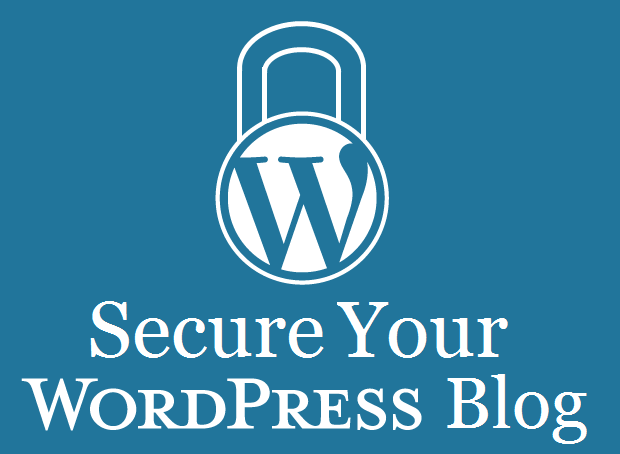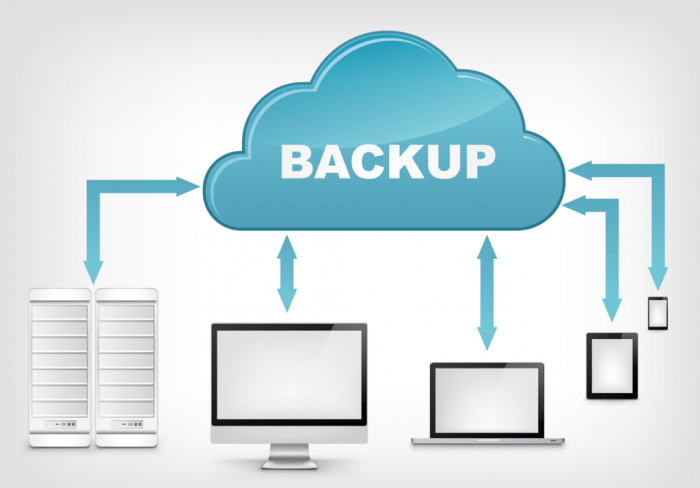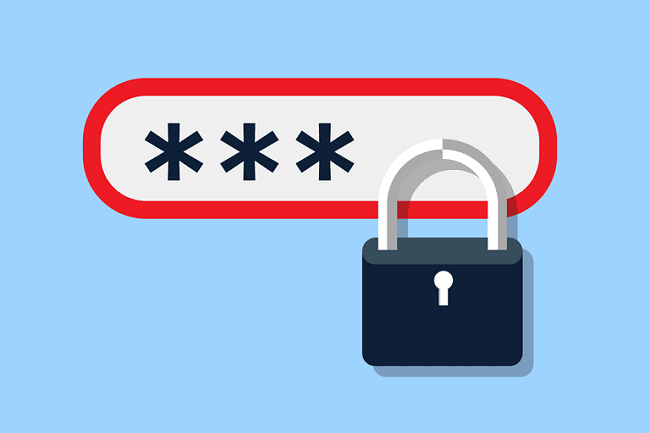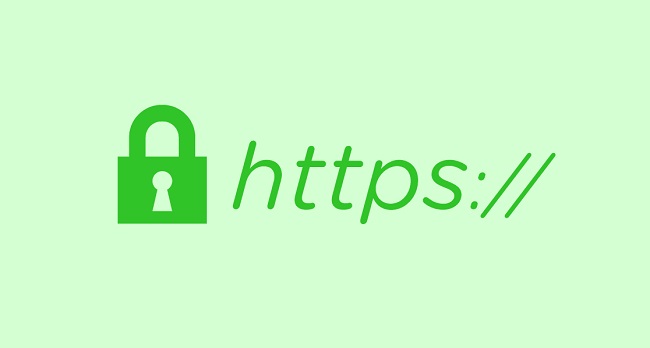Secure Your WordPress Blog
WordPress has a reputation for not being secure. Most website owners believe the open source nature of the platform makes it vulnerable to every attack and security breach out there. However, that is far from the case. Most WordPress security breaches come from human error. Therefore, you can secure any WordPress website if you just take the same precautions you would with any platform. While no platform is perfect, you can secure your WordPress blog is you follow a few precautions.
Protecting the Login Page to Prevent Brute Force Attacks
The WordPress login page is the single most attacked feature of the platform. It is the door to the administration backend of your website. Because of this, hackers try to brute force their way through it. While you should use a custom login page, if you must use what WordPress gives you, you can secure your blog in the following ways.
Add a Lockdown Feature and Ban Users
Lockdown plugins prevent brute force attacks by locking down the site after it detects repetitive failed login attempts. You would then receive a notice for these unauthorized logins. While most security plugins offer this feature, you want one that lets you ban the attacker’s IP address as well.

Use 2-factor authentication
2-factor authentication (2FA) is a very effective security measure too. It uses login using two different components. You as the website owner decides what those components are. You have the option to use either a password and a secret question, code, characters, or authentication mobile apps such as the Google Authenticator app.
Make Email IDs instead of Usernames
Email addresses are unique, making them difficult to predict. WordPress requires a unique email address for every account. So, it just makes sense to use it as the account identifier as well.
Rename your login URL
If you cannot add a plugin to your installation, you can always just change the web address of the login page. It is a simple feature that will make your website immediately 99% more secure.
Secure Passwords
Changing and use strong passwords are always good tips for any website, WordPress or otherwise. In fact, you should use this practice with all your accounts, and not just your own website. Changing your password regularly just makes good sense.
Log Off Idle Users
When users leave your site open on their screens, they pose a security threat. Anyone can stop by and change information. They can even alter the user’s account or hijack the entire website. You can eliminate this threat by simply automatically logging them out after a set time limit.
Securing the WordPress Admin Dashboard
While the login page is the most attacked, hackers really want your admin dashboard. Thus, you must make it the most protected part of your website.
Secure the Wp-Admin Directory
Therefore, most of your WordPress security efforts should involve the “/wp-admin” directory. For starters, you should have the folder password protected. You may have to submit two passwords to access the dashboard, but that is a small price to pay for the added security.
Use SSL Encryption
SSL (Secure Socket Layer) is always a good move. It is also a SEO requirement if you want Google and other major search engines to list your website. You should get an SSL certificate for your blog as soon as possible. It is also a great way to secure your admin area.
Restrict Your User Account Use
You only need as many user accounts as you need. You never want to give multiple people access to your admin dashboard. That privilege should only go to those who actually need it to maintain your blog. Even then, you still want to restrict access in some way.
Make Email IDs instead of Usernames Use a Different Admin Username
Just like the login page, everyone knows the default WordPress ‘admin’ account. People just need to guess your password for it, and they are on your website. You can stop this by changing the admin account’s username.
Monitor Your Files
Finally, you should always monitor your files for unauthorized changes through plugins such as Wordfence.
Secure the Database
If they cannot get in through the front door, hackers will try the back door. Your website’s data is in a database. Secure it as much as possible.
Change the Table Prefix
To track your site’s information, WordPress assigns a prefix to all the database tables it creates. You should change this to something unique. The default prefix makes your site vulnerable to SQL injection attacks.
Regular Backups

You can never secure your blog perfectly, but you can ensure that you can always restore it back to normal. You just need regular off-site backups.
Strong Database Passwords
As with your user accounts, you want a strong password for your database account.
Monitor and Audit Logs
WordPress and MySQL log everything. If you need to see what happened to your website, you can look at these log files. That way, you will know what changed and who made the changes.
Secure Your Server
Your website hosting solution may offer secure network infrastructure, but you should never fully listen to them; it will be important to look into securing your user data and the way they access your private files.. Always make sure your website is as secure as you can make it.
Secure Wp-config.php
This file holds your website’s default settings and database information. Thus, it is the most important file in your site’s root directory. Therefore, you want to make it impossible to access it.
Disallow File Editing
Anyone with access to your WordPress dashboard can change your WordPress files, including your plugins and themes. You can stop this by setting the “define(‘DISALLOW_FILE_EDIT’, true);” flag in the wp-config file.
Use Secured FTP Access
You should only use SFTP or SSH to upload files to your site. Secure FTP ensures your file transfers are always secure. If your host provides if already, that is great. However, you can do it manually as needed.
Secure Directory Permissions
Wrong permissions lead to breaches. Therefore, you want to rescript them to what is necessary for your website to function. Typically, you want to set your directory permissions to “755” and your files to “644”.
Disable Directory Listing
On most web servers, if a directory does not have an index.html or another registered “default” page, the server will produce a full directory listing if anyone accesses the directory. You must manually turn this off in your website’s .htaccess file.
Block Hotlinking
Hotlinking lets you copy and post images and media from one website to another. While it makes sharing possible, it also steals bandwidth from the original server. You can increase site performance and reduce your hosting fees just by blocking this feature on your site.
Protect Against DDoS Attacks
DDoS attacks are the most common server-related attack on any website. Attackers use multiple programs and systems to overload your server. While it keeps your files secured, it can crash your site if not resolved.
Other Ways to Secure Your WordPress Blog
These are just some of the ways you can secure your WordPress blog or website. As new threats emerge, the WordPress development group and developers around the world step up to the challenge to ensure your data and pages. You just need to keep your WordPress installation, themes, and plugins up to date with their latest releases. Other ways include using managed WordPress hosting, hiding your version numbers, and to stay informed on any security developments in the WordPress community. The community offers the chance for you to ask questions and get answers that you cannot get from a simple blog post. With this advice, you can rest assured that your website is as secure and safe as possible.


